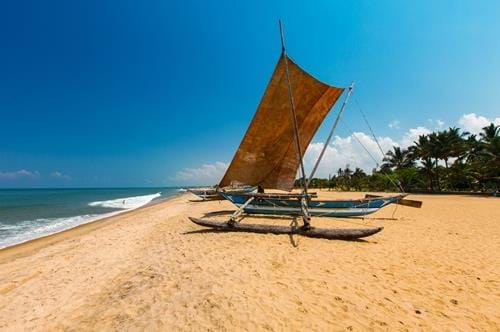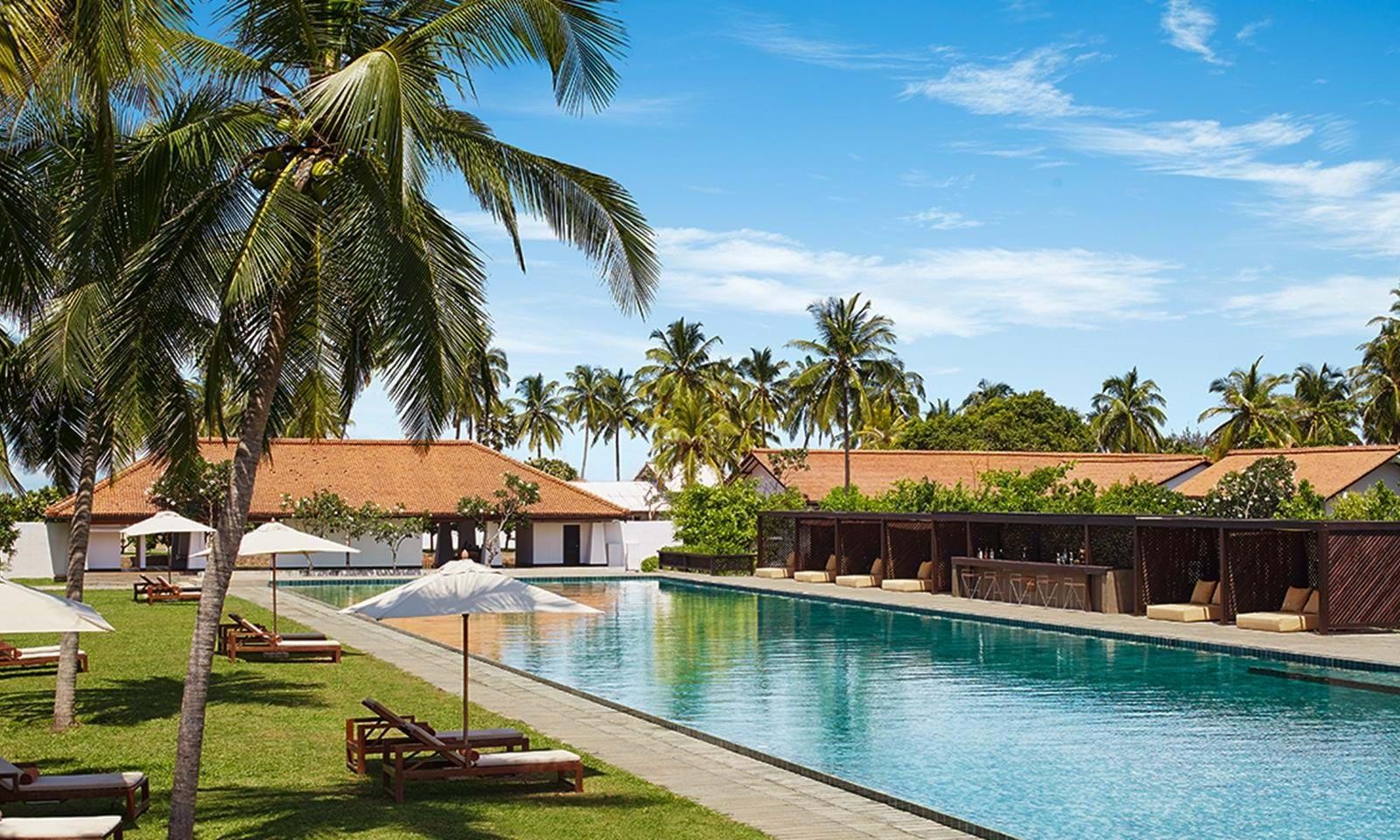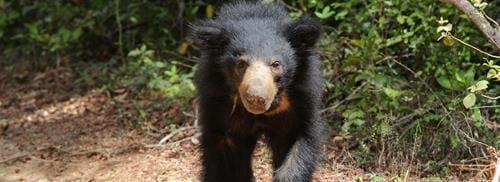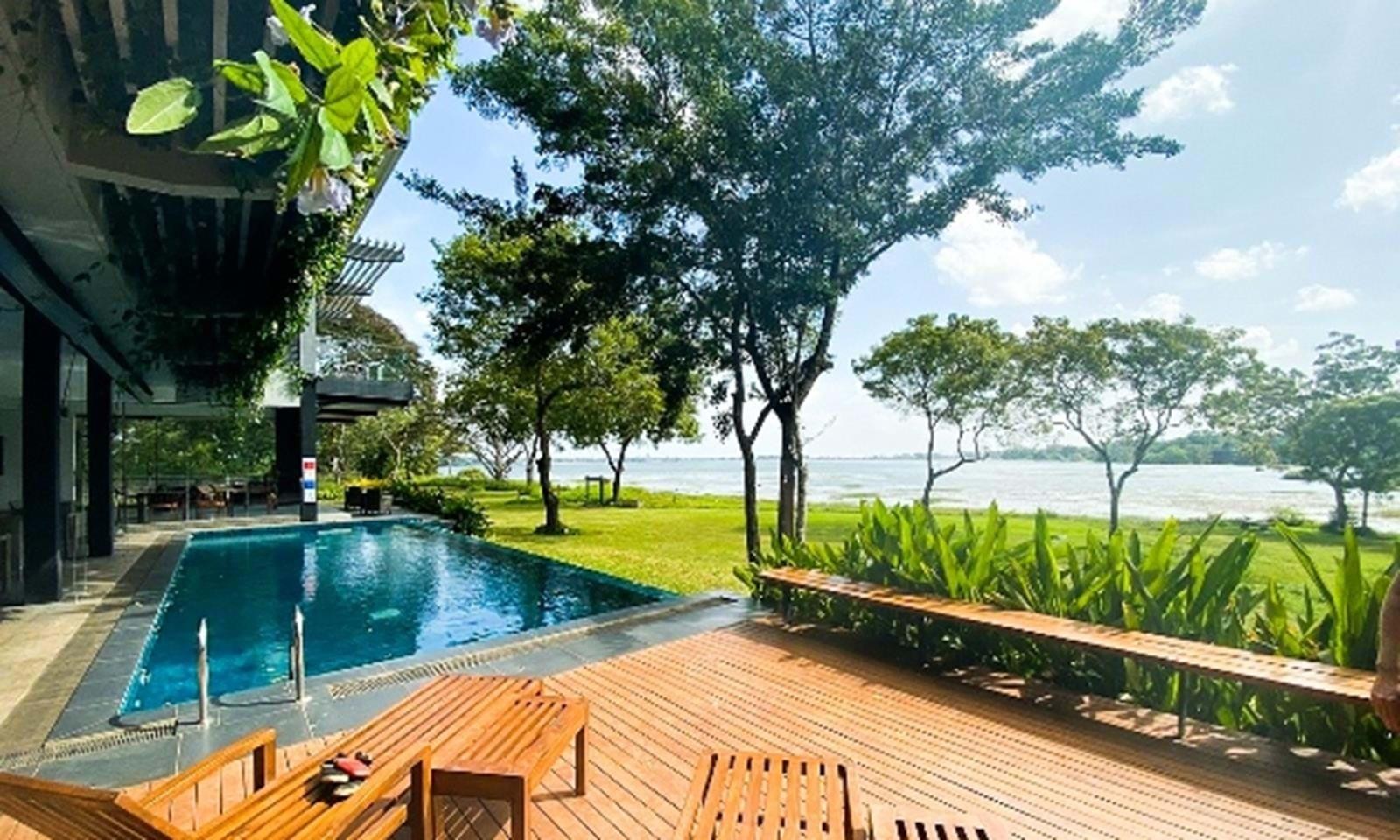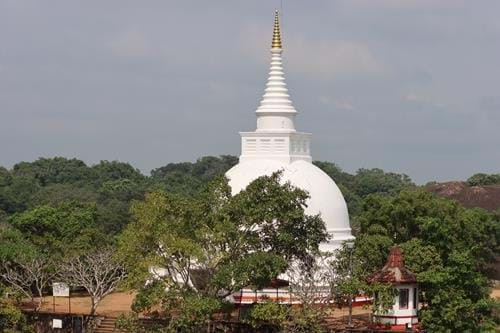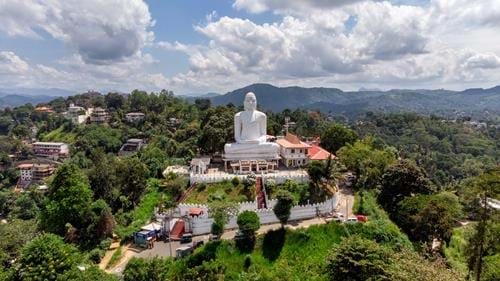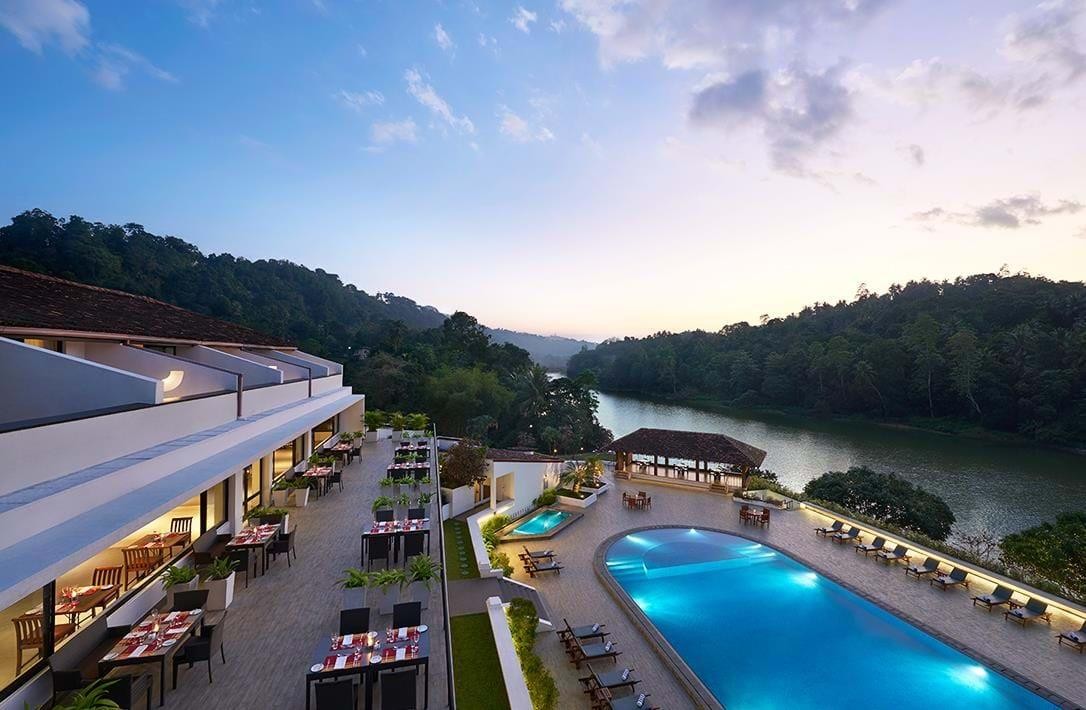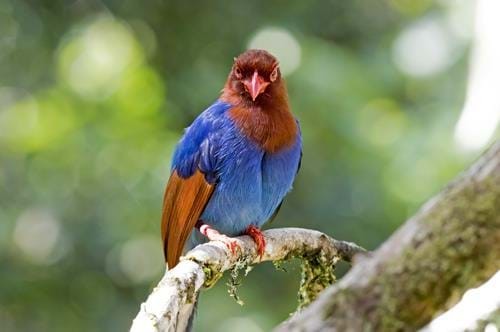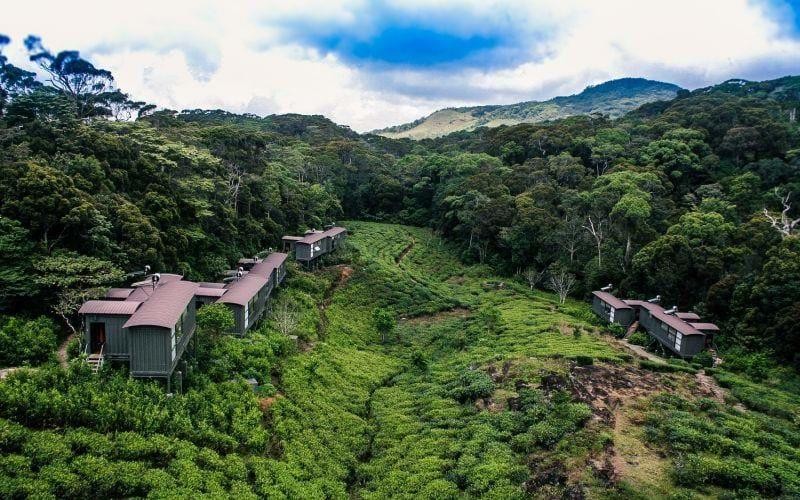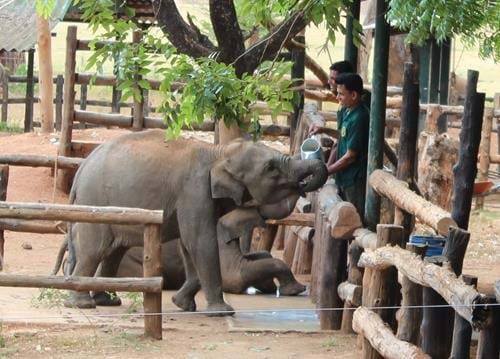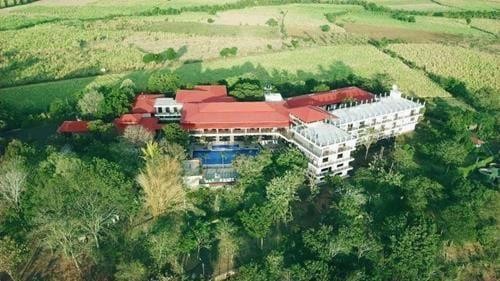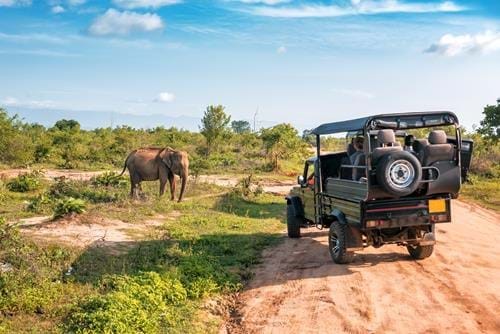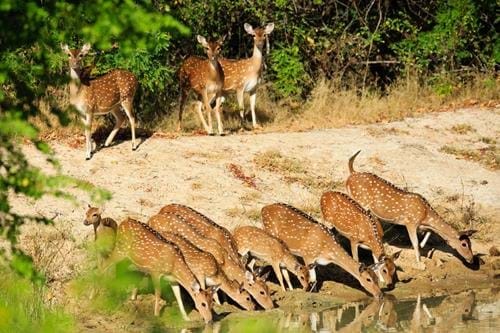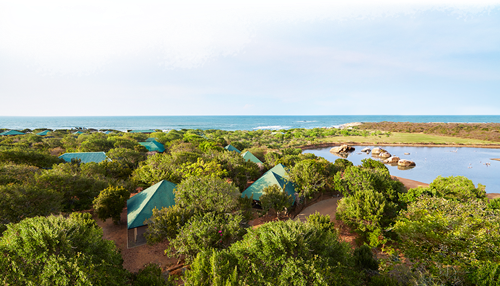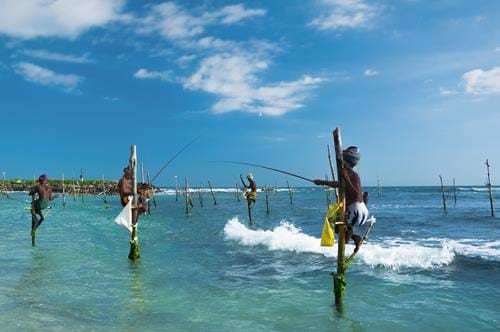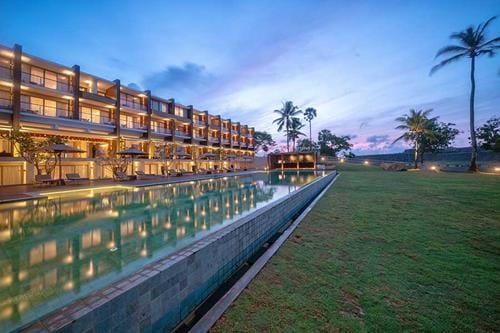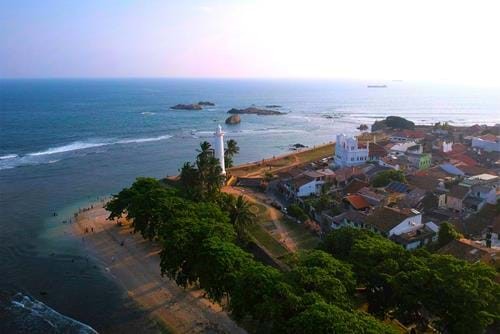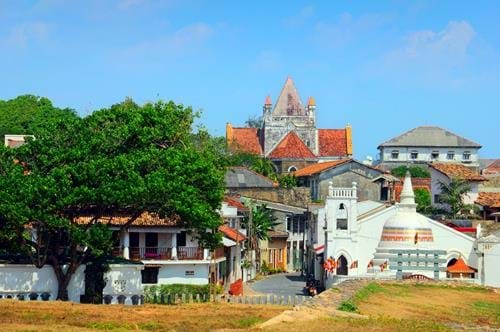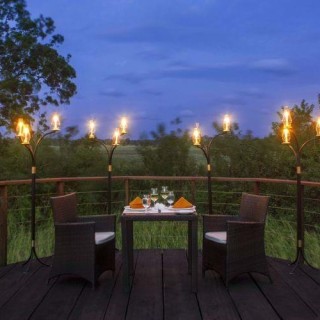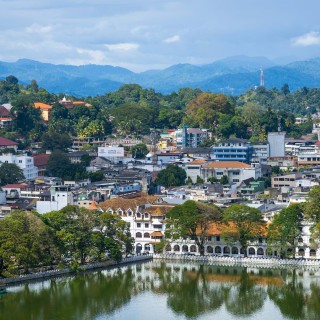Save £100 per person on list prices
Save £100 per person on ALL Group Tours booked between September and the end of December 2025.
Group Tour
- Duration13 Days
- Flights IncludedNo
- Prices From £ 3195
 Places Visited :
Colombo, Negombo, Anuradhapura, Kandy, Sinharaja, Udawalawe, Yala, Galle, Colombo
Places Visited :
Colombo, Negombo, Anuradhapura, Kandy, Sinharaja, Udawalawe, Yala, Galle, Colombo
Discover the remarkable natural diversity of Sri Lanka, from its ancient history to the huge variety of birds and reptiles in the rainforests to large mammals in the National Parks to the abundant marine life of its waters off the south coast. Starting from the Waikkal biosphere, renowned for its endemic birds, this tour visits the national parks of Wilpattu, Udawalawe and Yala in search of wild leopards, elephants, sloth bears and more. You continue to the west of the island in search of blue whales and sperm whales off the coast of Galle and experience turtles hatching in Kosgoda before returning to Colombo.
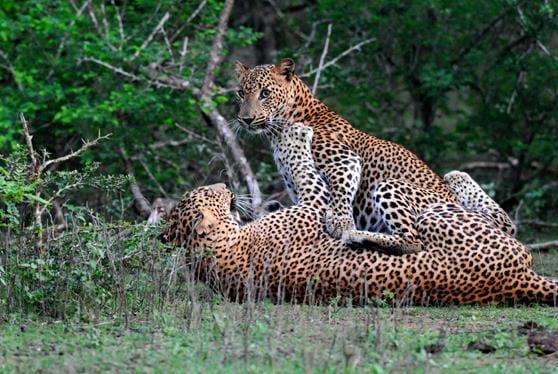
Remember, this trip can be personalised to suit your travel needs - we can tailor everything from hotel, travel type, duration and more.

